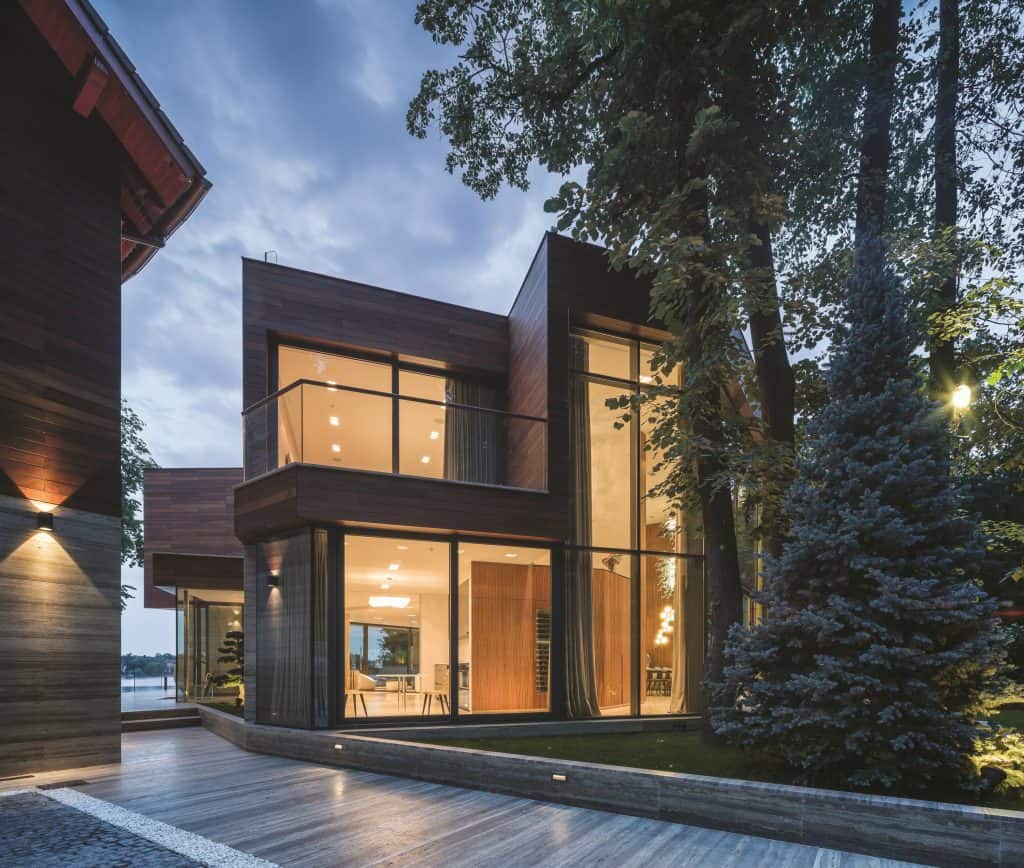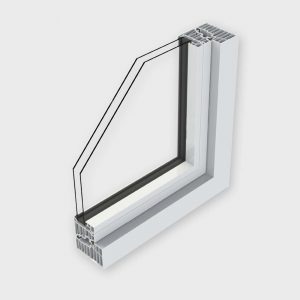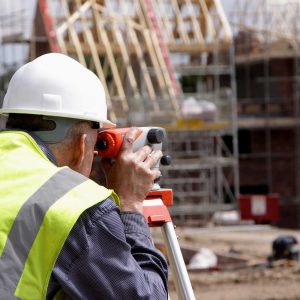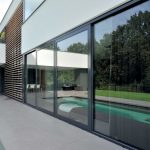Which windows are suitable for new build eco homes?
November 15, 2019

In the 21st century, protecting the environment is an important consideration for everyone. In the glazing industry, it’s no different. Modern technological advancements mean that windows and doors today are more thermally efficient than ever before. With an increased drive to reduce our carbon footprint, the importance of building eco-friendly homes has never been more significant. So, what windows are most suitable for new build eco homes? Let’s take a closer look.
Choosing the most eco-friendly windows
If you’re a house builder and you’re involved in building eco homes, there are lots of things to consider regarding the best windows for your project. The construction of the frames, the window material, and the type of glazing used will have a massive impact on the window’s thermal performance. You should also consider whether triple glazing is a good option for you.
At Dekko, we manufacture and supply a range of high performing uPVC and aluminium windows for trade installers. All our windows have undergone rigorous testing to ensure that they comply with all the necessary industry legislation. Whether your new build project is a luxury development of contemporary apartments or a group of heritage style homes, our windows provide some of the best energy efficiency levels available today.
The importance of energy efficiency ratings

All modern windows are given an energy efficiency rating by the British Fenestration Rating Council (BFRC). During testing, the windows are analysed for their heat retention capacity, air penetration levels and effects of solar gain. Their insulating ability is calculated and given a U-value which is displayed on their energy efficiency certificate alongside information about potential energy loss per square metre per year.
The minimum energy efficiency rating of a window for an eco-home is ‘C’. At Dekko, all our windows achieve an ‘A’ energy efficiency rating so easily comply with current requirements. To do this, we incorporate a selection of modern techniques into the design of the windows. They feature multi-chambered frames to improve insulating capacity, weather-proof seals to protect against heat loss, and the space between the two glass panes is filled with inert gas to slow down heat loss.
Calculating solar gain
When working on an eco-home build, it’s vital to think about environmental factors on the performance of the property. One of the largest direct influences on a building’s energy efficiency performance is its position in relation to the sun. As part of the energy efficiency calculation, any windows are tested for solar gain. The recommended G value attributed to the window will depend on the climate where the property is built and its aspect.
For south facing windows in temperate climates (UK/much of Northern Europe), a G value of at least 0.76 is suggested to maximise performance. One of the most effective ways to improve a window’s solar gain performance is to use low-E glazing. Low-emissivity glazing is treated with a metallic alloy coating which reflects the sun’s rays back into the home. It is an excellent way to improve the performance of large west facing windows, particularly in colder climates.
Attaining Passivhaus standards

If you’re working on a house building project which aims to achieve Passivhaus standards, the window’s U-value is calculated slightly differently. As well as measuring all the parts of the window like in the energy efficiency calculation, for Passivhaus standards, the U-value calculation also measures the thermal bridge which is directly affected by the window’s installation into the property’s external wall.
To achieve Passivhaus status all windows must achieve a U-value of 0.8 W/m²K or lower. This level of insulation has been shown to have a direct impact on heating usage within a property by ensuring that heat generated inside the building is retained to an optimal level.
Other considerations for eco-home builders
When you’re involved in a building project with a focus on maximising eco-performance, there are several ways to improve the overall thermal functioning of the property. Eco-homes are often designed to minimise the necessity to use artificial light. Natural light use is optimised by installing light shelves which deflect sunlight into the building’s interior. Mirrors can be strategically positioned to reflect the sun’s rays and light colour schemes are often used to bounce natural light around the internal property walls.
By using these simple methods, it is possible to reduce lighting costs by up to 50%. In certain situations installing shutters, heavy curtains or integral blinds can improve thermal performance while secondary glazing is an excellent way to improve efficiency and is particularly useful in reducing noise transmission.
If you’re a glazing installer and you’re involved in the eco-home sector, Dekko can supply you with high performing windows to meet all your project specifications. If you’d like to find out more about working with Dekko call 0161 406 0055 or send us a message online.










Nationwide delivery in the UK
From our state-of-the-art factory in Lancashire, our products are transported to installers across the UK. We strive to meet all delivery deadlines to ensure our customers are never delayed. They stock an extensive range of PVCu and ancillary products to give installers easy and convenient access to all the necessary hardware.
Contact Us
